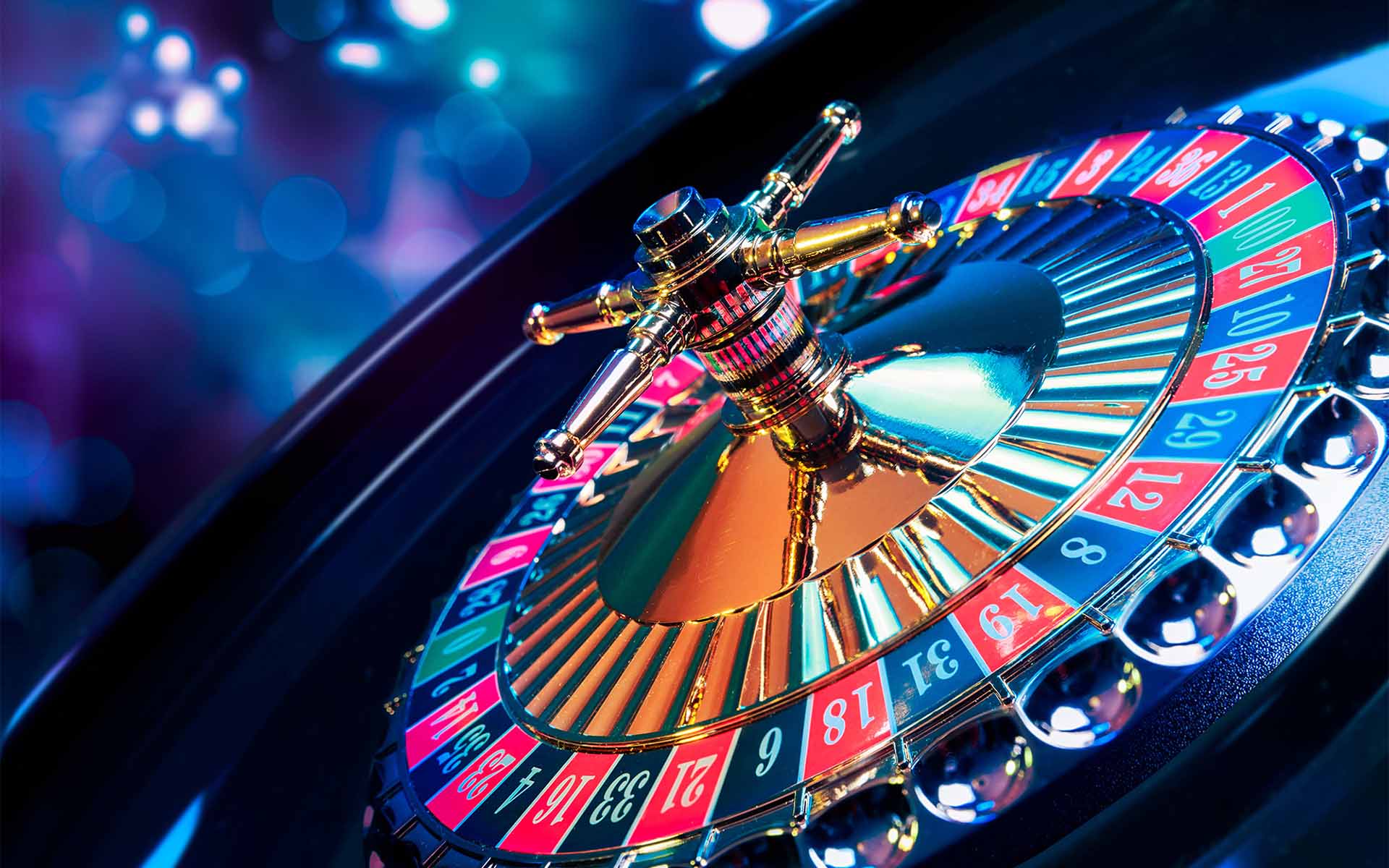
Comics has fascinated audiences around the globe with its vibrant storytelling and distinctive artistic flair. Emerging from Japan, this unique form of comic art blends intricate visual styles with enthralling narratives, making it a prominent cultural phenomenon. As readers immerse themselves into the expansive world of manga, they encounter a multitude of art styles, each evoking different emotions and themes, reflecting the wide-ranging stories that this medium offers. NetTruyenViet
Understanding the various art styles in manga not only enhances the reading experience but also provides perspective into the characters and the worlds they inhabit. From the iconic shonen with its bold lines and energetic characters to the more delicate, more detailed aesthetics found in shoujo, each style has its own charm and fascination. This visual guide intends to explore the myriad of techniques and characteristics that define manga, assisting both newcomers and seasoned fans appreciate the artistry that brings these stories to life.
Famous Manga Artwork Styles
Manga encompasses a wide range of artistic styles that reflect the creativity and cultural influences of its artists. One of the widely recognizable styles is Shounen, which is often identified by energetic characters, bold lines, and a focus on action and thrills. This style appeals to younger audiences and includes series like Naruto Uzumaki and The One Piece, where exaggerated expressions and striking poses convey the drama of battles and feelings.
On the other hand, Shojo manga presents a more delicate style with delicate lines and detailed backgrounds, often aimed at a teenage female audience. This form emphasizes romance, relationships, and personal growth, featuring characters with big, emotive eyes that highlight their emotions. Popular Shojo series like Sailor Moon and Host Club of Ouran High show this artistic form, drawing readers into enchanting worlds of love and bonds.
Seinen manga and Josei manga are forms that cater to mature audiences, featuring adult-oriented themes and sophisticated characters. Seinen is aimed at men and tends to have a more realistic portrayal of life, showcasing psychological depth and intricate storytelling. Meanwhile, Josei focuses on the existence and relationships of women, often with a more realistic perspective. Comics such as Berserk and Nana: The Story of Friendship illustrate the distinctiveness of these forms, appealing to readers who seek a deeper narrative and a sophisticated art style.
Character Design
Character design in manga involves a varied array of approaches that make characters to life and keep them memorable. One key approach is the use of distinctive silhouettes. Artists often design unique shapes for their characters that instantly convey their personality or function in the narrative. This technique not just helps in differentiating characters from one another but also assists in visual storytelling, as viewers can glean information about the character easily from their outline.
Another effective method employed in manga character design is the utilization of enhanced features. Artists frequently heighten certain attributes, such as eye shapes or hair, to express specific feelings or characteristics. For example, huge, sparkling eyes may represent purity or enthusiasm, while angular, angular features might imply a more menacing character. This amplification helps to effectively communicate the essence of the character to the audience, making it easier for readers to establish connections with them.
Lastly, color palette plays a significant role in character design. The choice of colors can provide insight into a character’s traits, mood, and even their relationships with other characters. Bright and cheerful colors might indicate a happy disposition, whereas darker hues can indicate mystery or danger. By deliberately selecting colors, manga artists can enhance the expressive impact and aesthetic appeal of their characters, making them more engaging for the viewer.
Coloring and Shading Techniques
In the realm of graphic novels, tinting and gradient are crucial methods that bring the artwork to existence. Traditional manga often employs black and white tones, but many artists utilize digital tools to add bright colors. The use of solid colors is common, where large areas are colored with a uniform hue to create a striking contrast with the intricate line work. This technique maintains the clarity of the illustration while boosting the visual effect, making the characters and scenes distinguish themselves.
Gradient in comic art usually employs techniques such as texture application, cross-hatching, and gradient fills. Screentones, a staple in manga creation, are stickers with patterns that artists use to achieve multiple textures and gradient effects. Cross-hatching involves layering lines to create volume and richness, adding a sense of realism to hair, clothes, and backgrounds. Artists may also use color transitions, transitioning from bright to shadowed, to mimic light and shadow, creating a more dynamic and 3D appearance.
Software tools have changed coloring and gradient styles in modern graphic novels, allowing for greater experimentation and productivity. Software such as Clip Studio Paint offers a selection of brushes and effects, giving artists the capacity to combine colors effortlessly and apply complex textures. This digital revolution facilitates fast adjustments, enabling artists to explore their imagination without the barriers of traditional media. As a outcome, the contemporary comic art landscape is increasingly diverse, showcasing diverse color techniques that cater to different aesthetic choices.